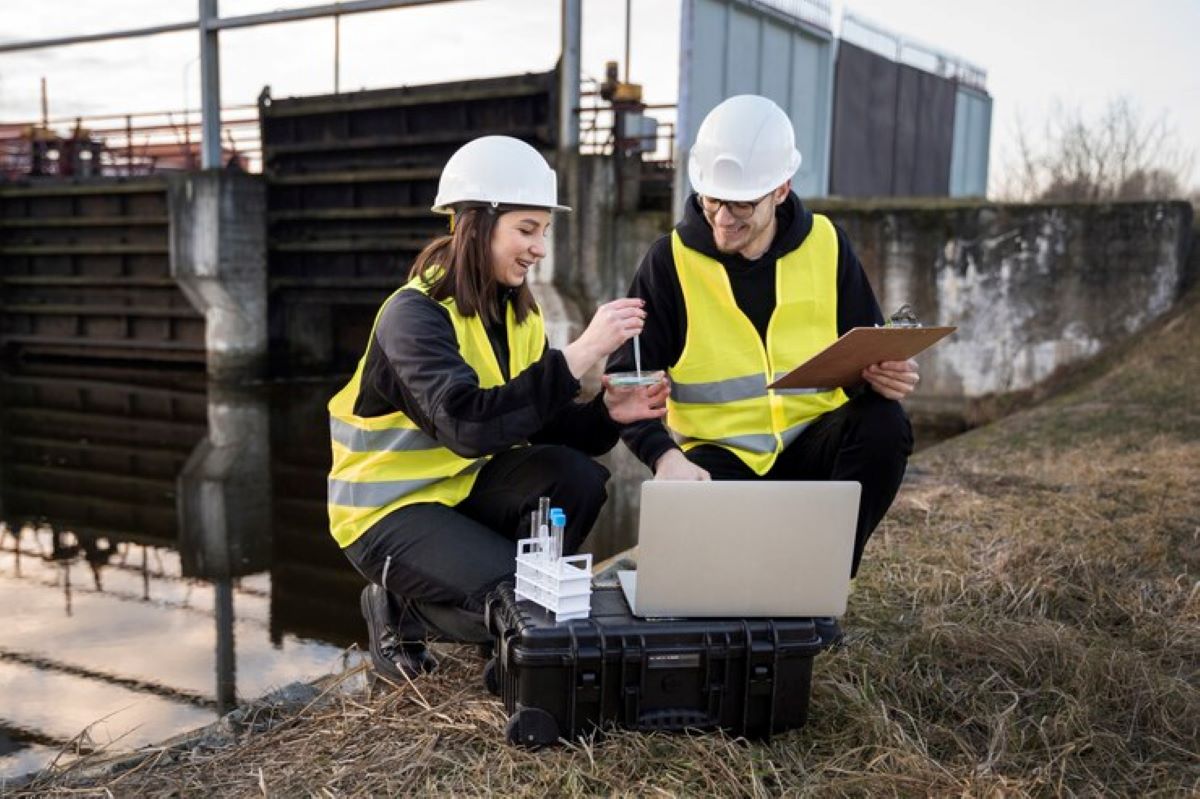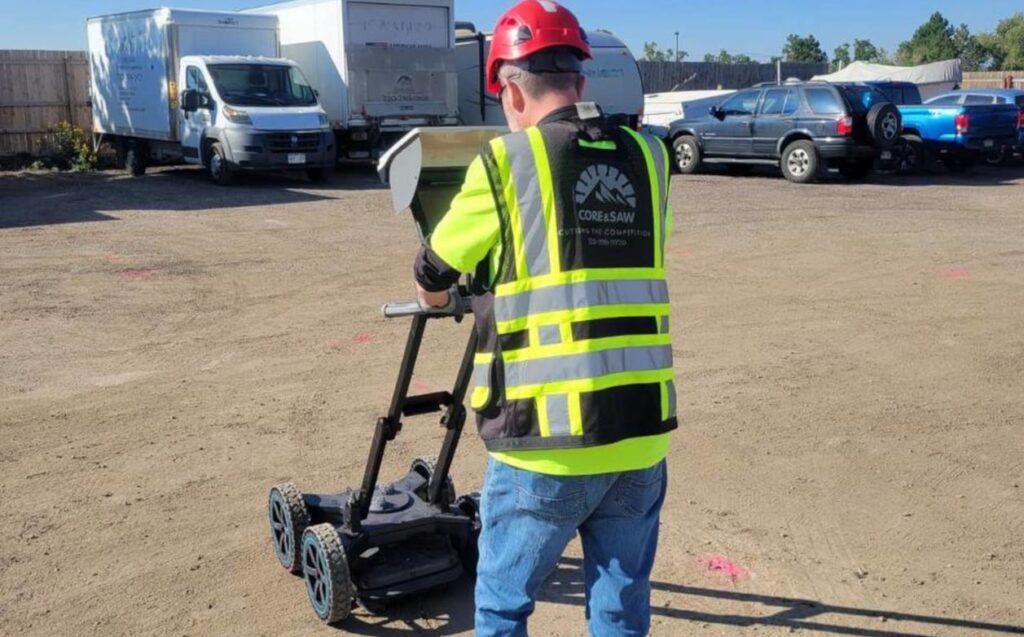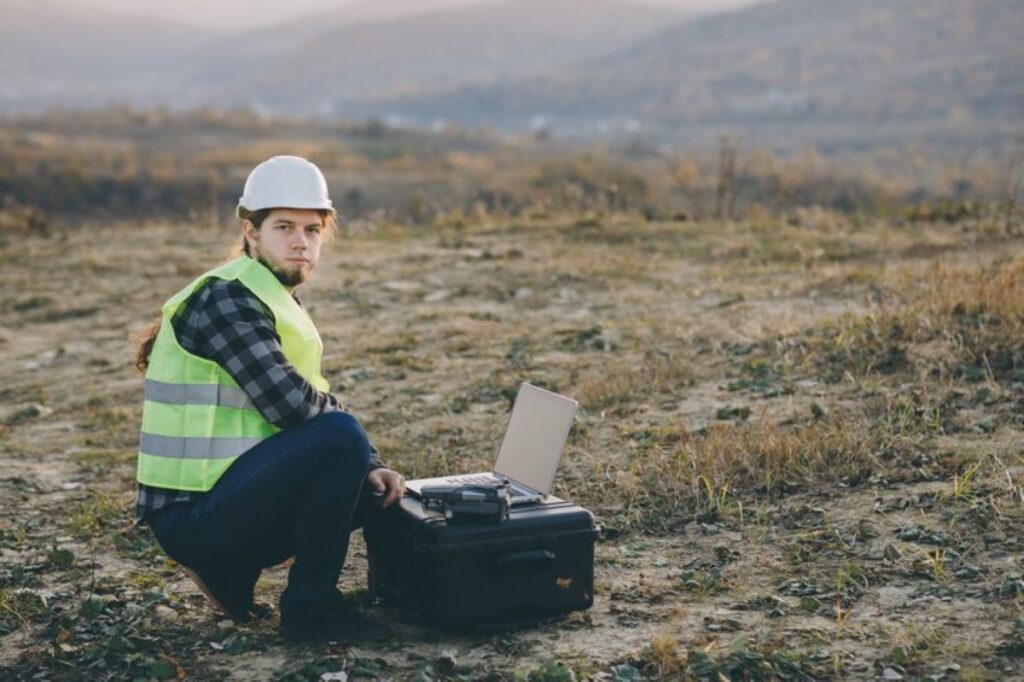Phone:
(701)814-6992
Physical address:
6296 Donnelly Plaza
Ratkeville, Bahamas.

In the realm of construction, safety is paramount. Ensuring the well-being of workers and the integrity of the infrastructure being built is a top priority. One critical aspect of maintaining safety on construction sites is the accurate locating of underground utilities. These hidden networks, which include water pipes, gas lines, electrical cables, and telecommunications infrastructure, are vital to modern life. However, they pose significant risks if not properly identified and managed during construction activities.
Underground utilities are the lifelines of urban and rural environments alike. They provide essential services such as water, electricity, gas, and communication, all of which are crucial for daily living. These utilities are often buried beneath the ground, out of sight and, unfortunately, out of mind until they become a problem. Construction projects, whether they involve building new structures or renovating existing ones, frequently encounter these subterranean networks.
The complexity and density of underground utilities can vary greatly depending on the location. Urban areas tend to have a more intricate web of utilities due to the higher demand for services, while rural areas might have fewer but still significant networks. Regardless of the setting, accurately locating these utilities before commencing construction is essential to prevent accidents, service disruptions, and costly repairs.
Technological advancements have greatly improved the ability to locate underground utilities. Modern methods utilise a combination of electromagnetic techniques, ground-penetrating radar, and advanced mapping software to provide precise information about the location and depth of these utilities. This information is crucial for construction planning and execution, helping to avoid potentially catastrophic incidents.
One of the primary reasons for locating underground utilities is to prevent accidents. Striking a gas line or an electrical cable during excavation can lead to severe injuries or even fatalities. Moreover, such incidents can cause significant damage to property and disrupt essential services to the surrounding community. By accurately identifying the location of these utilities, construction teams can plan their activities to avoid accidental strikes, thereby ensuring the safety of workers and the public.
Service disruptions caused by damage to underground utilities can have far-reaching consequences. For instance, damaging a water main can lead to flooding, affecting not only the construction site but also neighbouring properties. Similarly, cutting through a telecommunications cable can disrupt internet and phone services for businesses and residents. By employing effective utility locating practices, construction projects can proceed without causing unnecessary interruptions to essential services.
Accurate utility locating contributes to cost efficiency in construction projects. Unexpected utility strikes can lead to expensive repairs and project delays. These setbacks not only increase costs but also extend project timelines, affecting the overall profitability and success of the venture. By investing in thorough utility locating before breaking ground, construction companies can avoid these pitfalls and keep projects on schedule and within budget.
Electromagnetic locating is a widely used method for detecting underground utilities. This technique involves sending a signal through the utility line, which can then be detected using a receiver. The signal helps to determine the location and depth of the utility. Electromagnetic locating is particularly effective for identifying metallic utilities such as water pipes and electrical cables.
Ground-penetrating radar is another advanced method used in utility locating. GPR sends radar waves into the ground and measures the reflected signals to create a subsurface image. This method is highly effective for locating non-metallic utilities, such as plastic pipes and fibre optic cables. GPR is also useful for detecting utilities in complex environments where multiple layers of infrastructure may be present.
Modern utility locating often involves the use of mapping and geographic information systems. These technologies allow for the creation of detailed maps that show the location of underground utilities. GIS can integrate data from various sources, including historical records and recent surveys, to provide a comprehensive view of the utility landscape. This information is invaluable for construction planning and risk assessment.

Before any construction project begins, conducting a thorough site survey is essential. This involves gathering all available information about the site, including existing utility maps and records. Site surveys should be carried out by trained professionals who can accurately interpret the data and identify potential risks. These surveys form the foundation for safe construction practices, ensuring that all underground utilities are accounted for and properly marked.
Engaging professional utility locators is a critical step in safe construction practices. These experts have the skills and equipment necessary to accurately locate underground utilities. By hiring professionals, construction companies can ensure that they have the most accurate and up-to-date information about the site. This reduces the risk of accidents and service disruptions, allowing projects to proceed smoothly and safely.
Safety protocols and training are essential components of any construction project. Workers should be trained in recognising utility markers and understanding the risks associated with underground utilities. Safety protocols should be established to guide excavation and other activities near identified utilities. By fostering a culture of safety and awareness, construction companies can minimise the risk of accidents and ensure compliance with industry standards.

The future of utility locating in construction is promising, with ongoing advancements in technology and practices. Innovations such as augmented reality and machine learning are being explored to enhance the accuracy and efficiency of utility locating. These technologies have the potential to revolutionise the way construction projects are planned and executed, further improving safety and reducing costs.
As the construction industry continues to evolve, the importance of underground utility locating will only grow. With increasing urbanisation and the expansion of infrastructure networks, the need for accurate and reliable utility locating will become even more critical. By embracing new technologies and adhering to best practices, the construction industry can continue to prioritise safety and efficiency in all its endeavours.
In conclusion, underground utility locating plays a vital role in safe construction practices. By understanding the importance of these hidden networks and employing effective locating methods, construction projects can proceed without unnecessary risks. Through careful planning, professional engagement, and adherence to safety protocols, the construction industry can ensure the safety of workers and the public while maintaining the integrity of essential services.
Related : How Utility Locating Services Save Time and Money on Projects